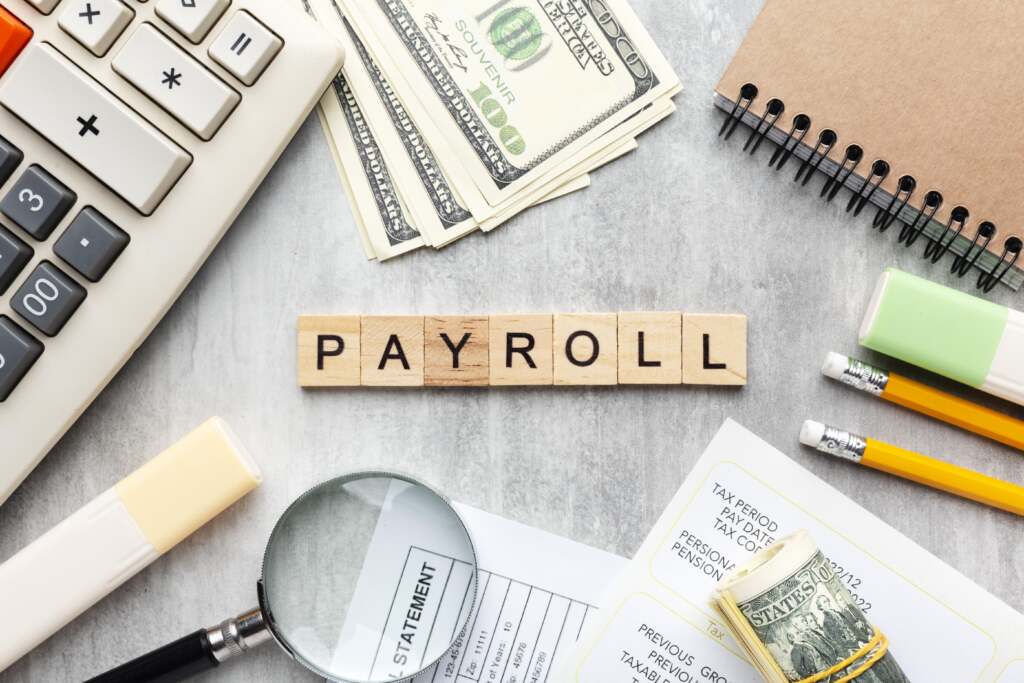Pay Stubs and Unions: Beginner Union Dues Explained
Introduction to Pay Stubs and Unions
Pay Stubs and Unions are closely connected for employees who contribute to labor unions. Union dues are often automatically deducted from paychecks and reflected on pay stubs. Understanding how these deductions appear and what they represent is essential for employees to track contributions, manage finances, and ensure accurate payroll records. This beginner-friendly guide explains Pay Stubs and Unions in detail, helping workers gain clarity on their earnings and deductions. For a general overview of payroll, visit our article on Payroll Basics and check Pay Stub Dates for more on pay periods.
What Are Union Dues?
Union dues are fees collected by labor unions from their members to fund operations, benefits, negotiations, and advocacy. Typically, dues are a fixed percentage of an employee’s earnings or a flat rate. On pay stubs, union dues are clearly listed under deductions. By reviewing pay stubs, employees can confirm that contributions are accurate and in line with union agreements. For more information on deductions, check our guide on Pay Stub Deductions or learn about Liens and Pay Stubs for other legal payroll deductions.
How Union Dues Appear on Pay Stubs
Pay Stubs and Unions reflect union dues under the deductions section. They may be labeled as “Union Dues,” “Membership Fees,” or the specific union name. These stubs provide transparency, allowing employees to track contributions, verify correct deductions, and manage finances effectively. Accurate regular pay stub records help prevent payroll discrepancies. For a broader understanding, see our guide on W-2 vs Pay Stub.
Key Components of Pay Stubs with Union Dues
- Gross Earnings: Total income before any deductions.
- Federal and State Taxes: Standard deductions for government obligations.
- Union Dues: Deducted directly from earnings and clearly displayed.
- Other Deductions: Insurance, retirement contributions, or garnishments.
- Net Pay: Final amount received after all deductions.
- Employer & Employee Details: Important for verification and payroll records.
Benefits of Union Membership
Pay Stubs and Unions show employees the benefits of union membership. Contributions fund collective bargaining for better wages and benefits, legal representation, training programs, health and retirement benefits, and workplace safety initiatives. By monitoring union dues on pay stubs, employees can be confident that their contributions support meaningful services and protections. For comparison, read our article on W-2 vs Pay Stub and check Pay Stub Dates for accurate payroll periods.
Tips for Employees Managing Union Dues
- Regularly review pay stubs to confirm accurate deductions.
- Keep records of union dues for reference and personal finance management.
- Contact payroll or union representatives if discrepancies arise.
- Use a pay stub generator to verify and recreate accurate pay stubs for personal records.
- Understand union agreements and how dues are calculated.
Common Questions About Union Dues on Pay Stubs
1. Are union dues mandatory?
Depending on the union agreement and local laws, dues may be required for membership or optional in certain arrangements. Always check your union contract.
2. Can union dues be refunded?
Refund policies vary by union. Some unions allow refunds for unused dues or overpayments, while others do not.
3. How often are dues deducted?
Typically, deductions are automatic and occur with each paycheck, whether bi-weekly, semi-monthly, or monthly. For more about pay frequency, see Pay Stub Dates.
4. Do union dues affect taxes?
Union dues may be tax-deductible depending on local regulations. Consult a tax professional for accurate guidance.
5. How can I track union benefits?
Regularly review pay stubs, union statements, and member portals. Tools like regular pay stubs help monitor deductions and benefits efficiently.
Transitioning to Digital Pay Stubs with Union Dues
Many employers now provide digital pay stubs for convenience and accuracy. Employees can access detailed records online, ensuring that union dues and other deductions are transparent. Using a pay stub generator allows employees to create accurate digital copies for personal records while keeping paperless payroll systems organized. Learn more in our guide on Payroll Records and check Pay Stub Deductions for complete details.
Conclusion
Pay Stubs and Unions are directly related for employees contributing to labor organizations. By understanding how union dues appear on pay stubs, tracking contributions, and using tools like pay stub generators, employees ensure transparency, compliance, and accurate financial records. Always review pay stubs carefully to manage union contributions and benefit from membership protections. For further reading, see W-2 vs Pay Stub and Payroll Basics.
For a general overview of payroll, visit our article on Payroll Basics and check Pay Stub Dates for more on pay periods.
For more information on deductions, check our guide on Pay Stub Deductions or learn about Liens and Pay Stubs for other legal payroll deductions.
Accurate regular pay stub records help prevent payroll discrepancies. For a broader understanding, see our guide on W-2 vs Pay Stub.
Using a pay stub generator allows employees to create accurate digital copies for personal records while keeping paperless payroll systems organized.

